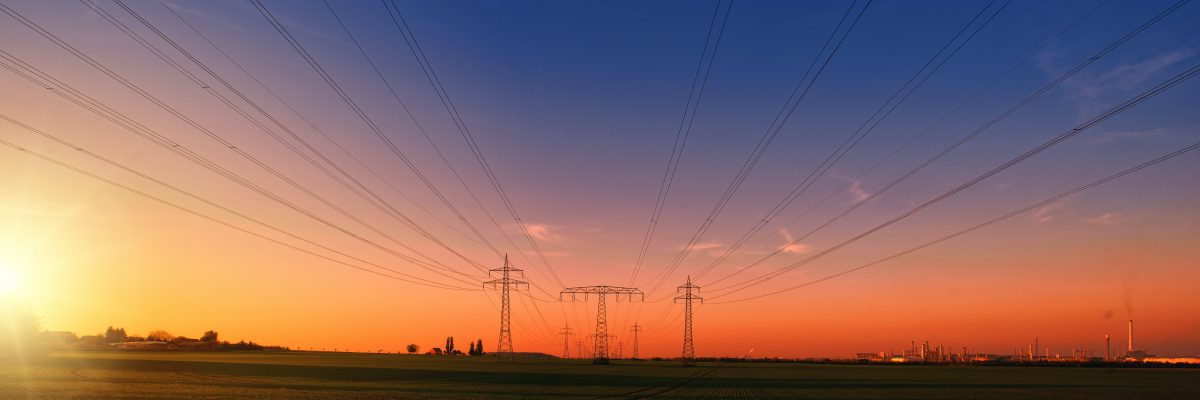Ontario is proposing to create a regulated clean energy credit trading system. The move is in response to progressive businesses that want access to clean electricity. They’re willing to pay a premium for clean power in order to meet their corporate climate commitments. Sounds good right?
The problem is the Clean Energy Credit system proposed by the government won’t lead to cleaner electricity. In fact, as designed, it is certain to increase emissions from electricity generation! How can clean energy credits increase carbon pollution? Because of two fundamental flaws in the proposal.
The first flaw is that none of the credit revenue will go towards new clean power projects. Existing clean power facilities will be eligible to generate credits for continuing to produce power. Since Ontario has more than 27 gigawatts of non-fossil power generating capacity, there is a virtually unlimited supply of clean energy credits from nuclear and hydro facilities built decades ago. Since these facilities already operate 24/7 under contract to the province, allowing them to sell clean energy credits doesn’t increase the supply of clean energy. Carbon emissions are “reduced” on paper for companies that buy credits, but there are no actual emissions reductions. Knowingly or unknowingly, businesses will be buying fictitious credits for clean energy that would be produced with or without their credit purchase.
The second problem is what the clean energy credit revenues will be used for. The province is proposing that proceeds be used to subsidize electricity rates. So, companies pay a green premium to claim dubious emissions reductions, and the money makes dirty power cheaper for everyone else. But economics 101 tells us that further power subsidies (on top of $6.9 billion in annual subsidies already) will only increase electricity consumption. And right now, natural gas is the marginal source of supply for any new demand. So, more electricity demand, without additional clean energy supply, means more carbon pollution from natural gas power plants.
Carbon pollution from gas power plants is already forecast by the province to increase 316% by 2030, and the proposed clean energy credit system will only steepen that increase. Thankfully, there is a simple way to fix the proposal. Require all credit revenues to be invested in new clean energy projects. This would ensure the system actually leads to cleaner power by stimulating new investments in clean energy infrastructure. New investments in clean energy will reduce emissions while supporting long-term energy affordability.
Selling unreliable clean energy credits and using the money to subsidize more consumption of fossil gas power is not the path to clean and affordable energy. Ontario needs to fundamentally rethink this proposal, or abandon it altogether.
You can submit comments on the proposal before March 17 here.


Hello Bryan and others at the TAF,
Thank you for calling my attention to this important issue. I submitted comments to the IESO regarding the proposed Clean Energy Credits, as follows.
To the Engagement Director,
I am writing to express concern about the proposed Clean Energy Credits for Ontario. I don’t agree with the plan to “monetize” investments made in our existing clean energy infrastructure. Why should any individual or corporation be able to make a claim to existing clean energy capacity? There is already tremendous benefit from those investments. They continue to provide a large amount of clean energy that drives our economy and avoids the costs that stem from pollution. All people and businesses in Ontario can already be proud of our relatively clean electricity generation systems.
It is entirely misleading to prospective purchasers of Clean Energy Credits and to the public to suggest that anything worthwhile is happening as a result of the purchases of credits based on existing capacity. The benefits already exist without such purchases. I will go so far as to say it is fraudulent to include existing clean energy infrastructure as part of Clean Energy Credits.
Clean energy and a stable climate are public goods. The proposed Clean Energy Credits system tries to suggest that some people can make a claim to clean power if they want it, and the rest can benefit from that revenue in the form of subsidies to get cheaper power of any source. But this is not a viable solution to our very public energy infrastructure or our very public climate. As an individual who purchased clean power from Bullfrog Power for many years, and now have my own solar PV system, I can say that those of us who want to put money forward for clean power want to improve the system for everyone. It is not for our own purpose to make bold claims or feel good about how green we are. The intention is real. It is for the public.
We need to drive investment. I suggest that Clean Energy Credits only be applied to new projects and the ensuing new generation capacity. These credits will then be something that purchasers can be truly proud of, knowing that they are helping to drive the innovation and development of our energy future.
I also suggest that the revenue generated should go toward other beneficial infrastructure, such as electricity storage solutions to help make renewable energy systems more effective, or upgraded transmission capacity to help accommodate the increase in demand that is happening with electrification of vehicles and building heating systems.
I sincerely hope you will reconsider the approach you are taking to the Clean Energy Credit system. As a resident of Ontario, I feel insulted by the proposal as outlined. And I really do think that it is misleading to the point of being fraudulent. Take a hard look at this please. Then think about what will take us forward to the energy future we all need, together.
Andrew Schiedel
Waterloo, Ontario